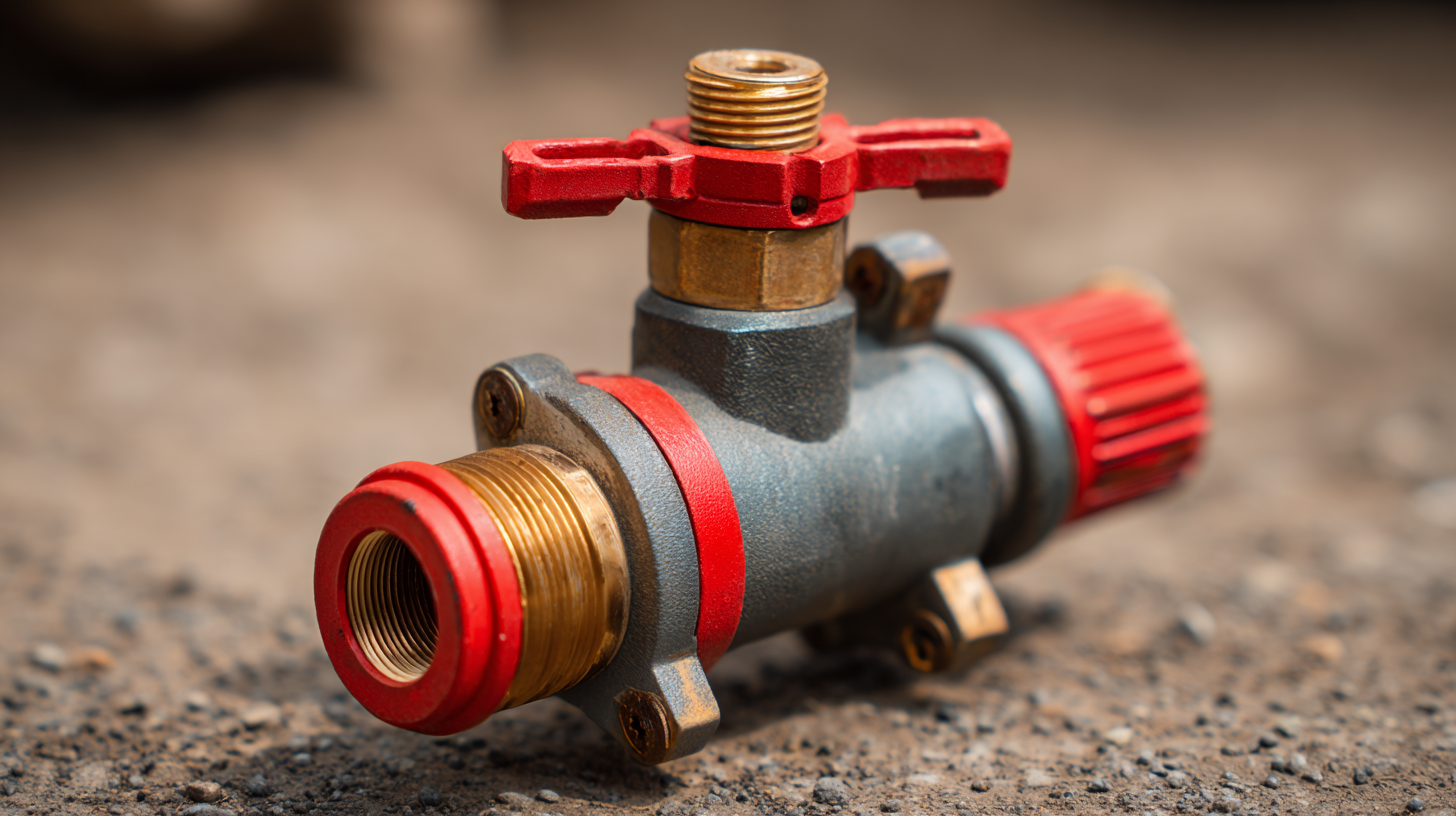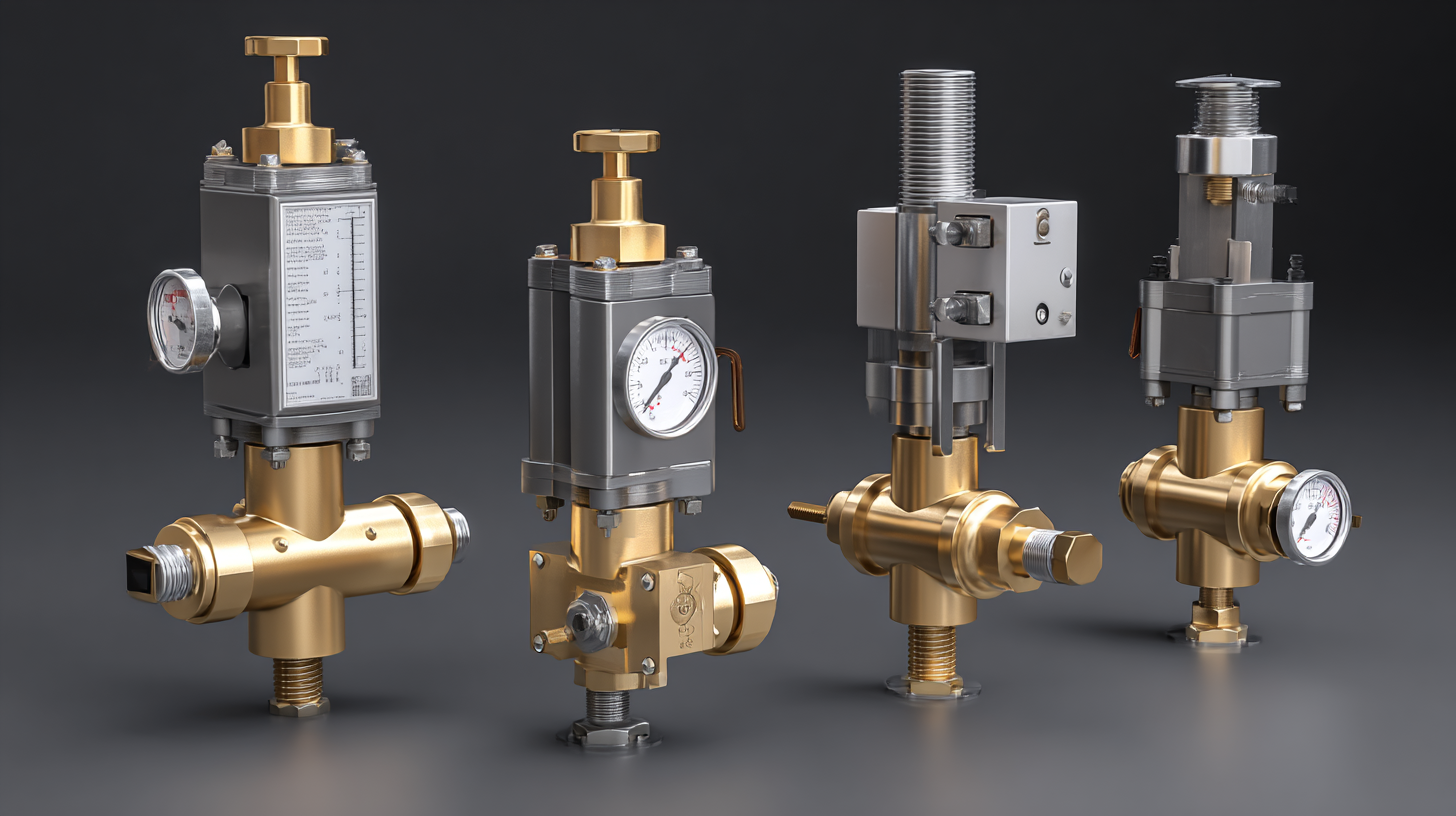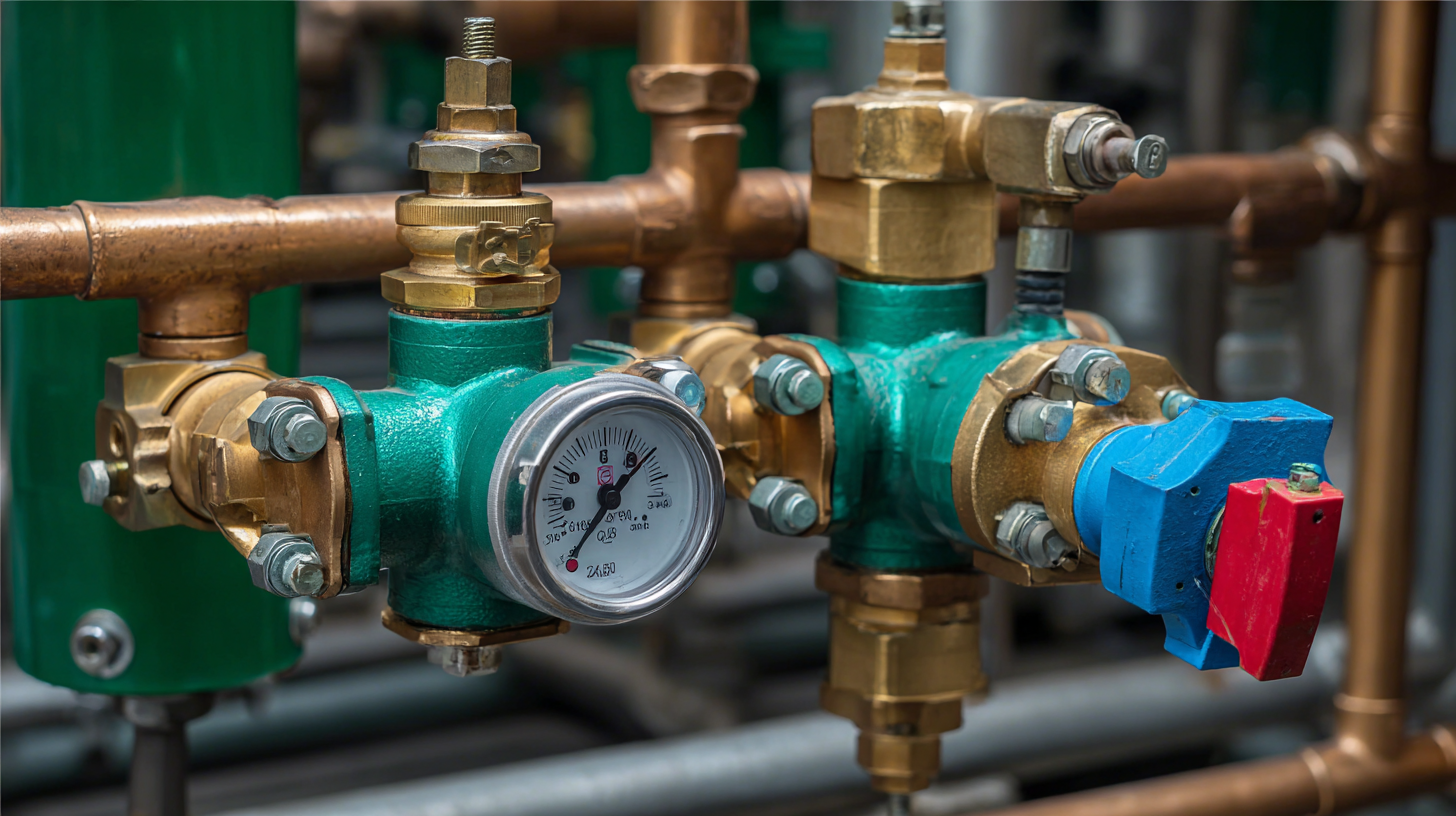- Products
- Pressure Reducing Regulators
- Back Pressure Regulators
- Tank Blanketing Valves
- Temperature Regulators
- Industrial Control Valves
- Wafer Style Control Valves
- JCVS Industrial Control Valves
- Globe Style/Cage Guided Control Valves
- Mixing/Diverting Control Valves
- Motor Operated Control Valves
- Valve Positioners & Accessories
- Applications
- Resources
- Find a Sales Rep
- Brands
Mastering High Pressure Regulation: A Step-by-Step Guide to Choosing the Best Regulator
In 2025, the global market for High Pressure Regulators is expected to reach a value of approximately $1.5 billion, driven by the increasing demand across various industries such as oil and gas, healthcare, and food processing. According to a recent report by Research and Markets, the growth in renewable energy sources and the rising need for efficient gas management systems are key factors propelling this market forward. As industries continue to innovate, mastering the art of high pressure regulation becomes crucial for operational efficiency and safety.

Selecting the best High Pressure Regulator is not just about picking a model; it involves understanding the specific requirements of your application, compliance with industry standards, and the latest technological advancements. This guide aims to provide a comprehensive analysis of the key considerations for choosing the optimal regulator, ensuring that you keep pace with the dynamics of industry trends in 2025.
Understanding the Basics of High Pressure Regulators and Their Applications
Understanding high-pressure regulators is crucial for various applications, from industrial processes to the growing electric vehicle (EV) market. These regulators play a vital role in maintaining the desired pressure levels, ensuring efficiency and safety in operations. The demand for advanced semiconductor voltage regulators has been steadily increasing, driven by the rapid growth of the EV and hybrid electric vehicle (HEV) markets. With an expected market value surpassing $1.4 billion in 2023 and a projected compound annual growth rate (CAGR) of over 8.5% from 2024 to 2032, the role of high-pressure regulators is becoming more significant.
In essence, high-pressure regulators facilitate the balanced control of gas and fluid systems, making them essential in applications ranging from factories to automotive technologies. Understanding the basic principles behind these regulators, such as their mechanics and functional types, allows users to select the right model for their specific needs. As industries evolve and demand more efficient energy solutions, recognizing the importance of high-pressure regulation can lead to better decision-making and improved operational outcomes.
Mastering High Pressure Regulation: A Step-by-Step Guide to Choosing the Best Regulator
| Feature | Description | Application | Recommended Use |
|---|---|---|---|
| Pressure Range | 0 to 5000 psi | Gas and Liquid Applications | Industrial Pressure Control |
| Material | Brass or Stainless Steel | Corrosive Environments | Chemical Processing |
| Outlet Connection | 1/4" NPT or 3/8" NPT | Standardized Connections | General Applications |
| Weight | Approximately 2-5 lbs | Portable Systems | Field Work |
| Adjustability | Manual or Automatic | Dynamic Pressure Control | Precision Processes |
Key Technical Specifications to Consider When Choosing a High Pressure Regulator
When selecting a high pressure regulator, several key technical specifications must be carefully considered to ensure optimal performance and safety. One of the most critical parameters is the operating pressure range. According to a report by the Compressed Gas Association, regulators with an operational range from 0 to 3000 psi are commonly used in various industries, including propane distribution and laboratory applications. Evaluating the inlet and outlet pressure ratings is vital; using a regulator outside its specified limits can lead to equipment failure or hazardous situations.

Additionally, the flow rate is an essential factor that dictates how much gas the regulator can deliver efficiently. Data from the Industrial Gas Association shows that for high-pressure applications, regulators should be capable of maintaining at least 80% of the required flow rate at the maximum outlet pressure. Lastly, consider the regulator's material composition and design, especially how it withstands corrosive environments. Reports indicate that stainless steel or brass are often preferred materials due to their durability and resistance to corrosion. Understanding these specifications will guide you in choosing the best high pressure regulator tailored to your specific operational needs.
Comparing Different Types of Regulators: Pros and Cons for Various Uses
When choosing a pressure regulator, understanding the various types available is crucial for optimizing performance in specific applications. Broadly, regulators can be classified into two categories: single-stage and dual-stage regulators. Single-stage regulators are ideal for applications requiring low-pressure regulation with minimal fluctuation, such as in laboratory settings. However, their simplicity comes with limited pressure stabilization, making them less suitable for high-demand scenarios. According to a report by the American Society of Mechanical Engineers, about 20% of equipment failures in industrial settings can be attributed to inadequate pressure regulation.
On the other hand, dual-stage regulators offer enhanced stability and performance by minimizing output pressure variations, making them better suited for applications in welding and gas delivery systems. A comparative analysis published in the Journal of Gas Technology indicates that dual-stage regulators can provide pressure stability within ± 1 psi, compared to single-stage options that might fluctuate up to ± 5 psi under similar conditions. Understanding these pros and cons allows users to select a regulator that not only meets their operational requirements but also enhances safety and efficiency in their processes.
Step-by-Step Guide to Installing and Maintaining Your High Pressure Regulator
When it comes to high pressure regulators, proper installation and maintenance are crucial for safety and efficiency. Begin by selecting a suitable location for the regulator, ensuring it's away from heat sources and potential hazards. Before starting the installation, gather all necessary tools and safety gear. Carefully read the manufacturer's instructions to familiarize yourself with the specific requirements and recommendations for your model. Properly secure the regulator to the system using the appropriate fittings and ensure all connections are tight to prevent leaks.
Once the regulator is installed, regular maintenance is essential to ensure optimal performance. Check for any visible signs of wear or damage, especially on seals and fittings. It's advisable to conduct pressure tests periodically to ensure the regulator is functioning correctly. Additionally, clean any filters that may be present, as blockages can lead to performance issues. Keeping a maintenance log can help track any changes or repairs made, allowing for predictive maintenance and avoiding unexpected failures. By following these steps in installation and maintenance, you can ensure your high pressure regulator operates reliably for years to come.

Troubleshooting Common Issues with High Pressure Regulators: Tips and Solutions
High pressure regulators are crucial components in various industries, ensuring safe and efficient gas distribution. Nevertheless, they can encounter common issues that disrupt operations. According to a report by the Gas Industry Standards Board, nearly 30% of regulator failures stem from improper adjustments or incompatible applications. Recognizing early symptoms such as fluctuating pressure or leaks can save both time and resources, allowing for timely interventions.
One effective troubleshooting technique involves inspecting the diaphragm for wear and tear, which is often overlooked. Industry data indicates that 40% of high pressure regulators experience diaphragm failure due to material fatigue. Regular maintenance and replacement of worn components can prevent unexpected downtime. Additionally, understanding the specific gas application and operating conditions is essential; using a regulator designed for the specific gas type can mitigate risks significantly, as mismatched regulators can lead to catastrophic failures. By taking proactive steps and addressing these common issues, industries can enhance the reliability and longevity of their high pressure systems.
